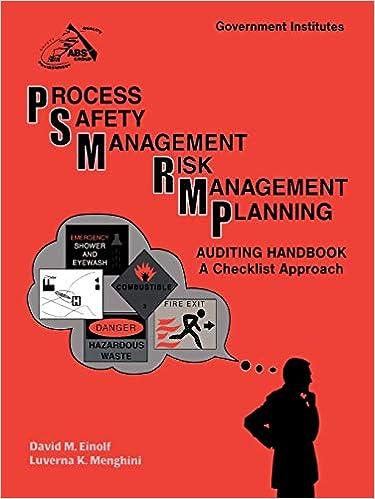Question
Part IV: Paying ExtraPart IV: Paying Extra While using a 1515 year mortgage saves you money on interest compared to the 3030 year mortgage, the
Part IV: Paying ExtraPart IV: Paying Extra While using a 1515 year mortgage saves you money on interest compared to the 3030 year mortgage, the monthly payment for the 1515 year loan is higher than the 3030 year. A good alternative is to use a 3030 year loan, but to make extra payments toward the principal. This approach gives the homeowner some flexibility (you can always pay the minimum monthly payment if you can't pay the extra principal) but results in saving money on interest and paying the loan off quicker. To see the effect of making extra principal payments, you'll need some information from Question 1. Recall from Question 1, the original loan amount was $$229320229320 and the 30 year interest rate expressed as a decimal was r=0.0427r=0.0427 . Recall that 30 year monthly payment from Question 1. It should have been approximately: 30 year monthly payment=$30 year monthly payment=$1130.81130.8 Using this value, suppose that you pay an additional $100$100 a month toward principle. You will need to figure out how long it will take to pay off the loan with this additional payment. In order to do this, you would have to solve the following loan formula for NN, which represents years: P0=d*(1(1+r12)12N)(r12)P0=d*(1-(1+r12)-12N)(r12) (Note: P0P0 is the original loan amount from Question 1 and here we have used k=12k=12 and d*d* is your monthly payment plus the additional $100$100.) In order to solve the above equation for NN you would use logarithms. Using the notation loglog for the common logarithm, you would get the following formula: N=log(12d*(12d*P0r))(12log(1+r12))N=log(12d*(12d*-P0r))(12log(1+r12)) Use the above formula to figure out NN, the number of years it will take to pay off the loan with the additional $100$100 payment. Alternatively, use an online amortization calculator such as: http://bretwhissel.net/amortization/amortize.html. You will need to enter the principal, the annual interest rate from this question, and the payment amount (your d*d*). Leave the "number of regular payments" blank and hit "Calculate". The number of regular payments divided by 1212 should agree with NN from the formula above. Find NN accurate to two decimal places- don't round any more than that! Give it a try! N=N= To find the total interest paid you need the number of payments you made (which you either have or can get from NN by multiplying it by 1212). You can round the number of payments to the nearest whole number. Total number of regular payments=Total number of regular payments= Now you can find the total payments and the total interest paid. Don't forget to add the additional $100$100 to your monthly payment before multiplying by the number of payments. Total payments=$Total payments=$ Total interest paid=$Total interest paid=$ Recall that the total interest paid from Question 1 was $177768$177768. How much do you end up saving in interest if you pay the additional $100$100 per month? Save in interest=$Save in interest=$
Step by Step Solution
There are 3 Steps involved in it
Step: 1

Get Instant Access to Expert-Tailored Solutions
See step-by-step solutions with expert insights and AI powered tools for academic success
Step: 2

Step: 3

Ace Your Homework with AI
Get the answers you need in no time with our AI-driven, step-by-step assistance
Get Started


